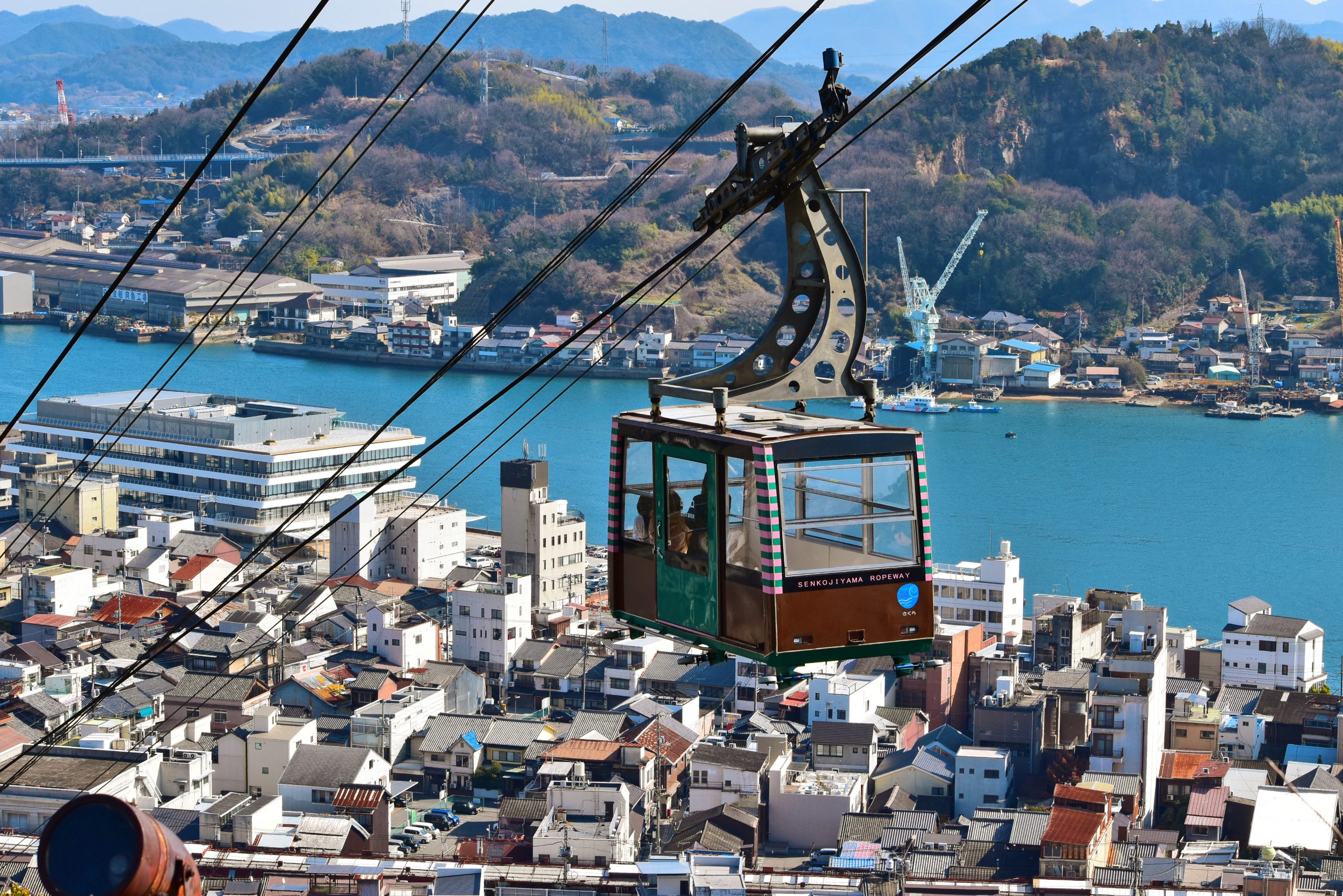
Onomichi Half-Day Private Trip with Government-Licensed Guide
This value-packed trip with a government-licensed and experienced multilingual tour guide is a fantastic and efficient way to explore Onomichi!
Onomichi is a gritty, old-timey seaport town with hills full of temples, literary sites and cats. Local businesses increasingly embrace its retro-chic charm, and a visit is a glimpse of a quaint Japan of yesteryear. For many travellers, Onomichi is the base from which to cycle the Shimanami Kaidō, the system of road bridges that allows people to island-hop their way across the Inland Sea to Shikoku.
Let us know what you would like to experience and we will customize a four-hour tour that's best for you!
Note1: Please select your must-see spots from a list in the tour information to create your customized itinerary. Note2: The National Government Licensed Guide Interpreter certification is issued by the Japanese government requires a good knowledge and understanding of Japanese culture and history.
Options
Onomichi Half-Day Private Trip with Government-Licensed Guide
Pickup included
What's included in Onomichi Half-Day Private Trip with Government-Licensed Guide
(Subject to Option Inclusions)Itinerary
Senkoji Park
Senkō-ji is the best known and most impressive of Onomichi's temples. Among its features is the kyō-onrō, a bell tower whose bell always rings in the new year – the sound of this bell is registered as one of the '100 soundscapes of Japan'. The temple appears almost grown into the hillside, with views out to sea, and is reachable on the historic temple walk (after a steep 15- to 25-minute hike for most) or by the Senkō-ji-yama Ropeway.
Hirayama Ikuo Museum of Art
Hirayama Ikuo was one of Japan's most famous painters, working in the traditional Japanese Nihonga style. The Hirayama Ikuo Museum of Art (平山郁夫美術館, Hirayama Ikuo Bijutsukan) is located on Ikuchijima Island, where the artist was born in 1930. Hirayama passed away in 2009. Many of the themes in Hirayama's work have persisted throughout his entire career. One is the concept of peace. Hirayama was a student in Hiroshima in 1945, and as such witnessed the destruction of the bomb and suffered from the effects of radiation. Another of his recurring themes was the cultural exchanges within the Orient, particularly the transmission of Buddhism to Japan. The Hirayama Museum is quite modern and well kept. There are three spacious exhibition halls, a tea lounge, and a museum shop. A variety of Hirayama's work from throughout his career are kept as part of the museum's permanent collection, and there are also special exhibitions.
Tatara Bridge
Tatara Bridge, with the center span of 890 m long, is the second longest span cable stayed bridge in the world. Suspension bridge was planned at the first stage; however, the bridge type was reviewed considering the preservation of surrounding nature and economical condition of the work, against the background of the technical progress of cable stayed bridges. The height of the tower is 226 m above the seawater level, and this is the highest point in the route. Tatara Bridge formed a sister bridge alliance with Normandy Bridge in France which is the third longest cable stayed bridge in the world.
Inclusions
- Meet up with guide on foot within designated area of Onomichi
- Licensed Local English Speaking Guide
- Customizable Tour of your choice of 2-3 sites from 'What to expect' list
- Transportation fees, Entrance fees, Lunch, and Other personal expenses
- Private Vehicle
- You cannot combine multiple tour groups.
- Guide Entry fees are only covered for sights listed under What to Expect.
- Service animals allowed
- Public transportation options are available nearby
- Infants and small children can ride in a pram or stroller
- All areas and surfaces are wheelchair accessible
- Transportation options are wheelchair accessible
- Wheelchair accessible
- Suitable for all physical fitness levels
- This is a walking tour. Pick up is on foot.
Meet
Pickup and Dropoff
Choose to be picked up from a list of locations
Please arrive at the pick up point 10 minutes before departure time.
Additional Information
This private tour is a walking day tour. A private vehicle is not included. Public transportation or local taxis maybe used to transfer between sites. Exact transportation costs can be discussed with the guide after a reservation is finalized. Please have Japanese Yen on hand for your transportation costs. If you wish to arrange for a private vehicle, please contact us directly. All Private vehicles must be booked 5 days in advance. Maximum number of passengers: 7.





